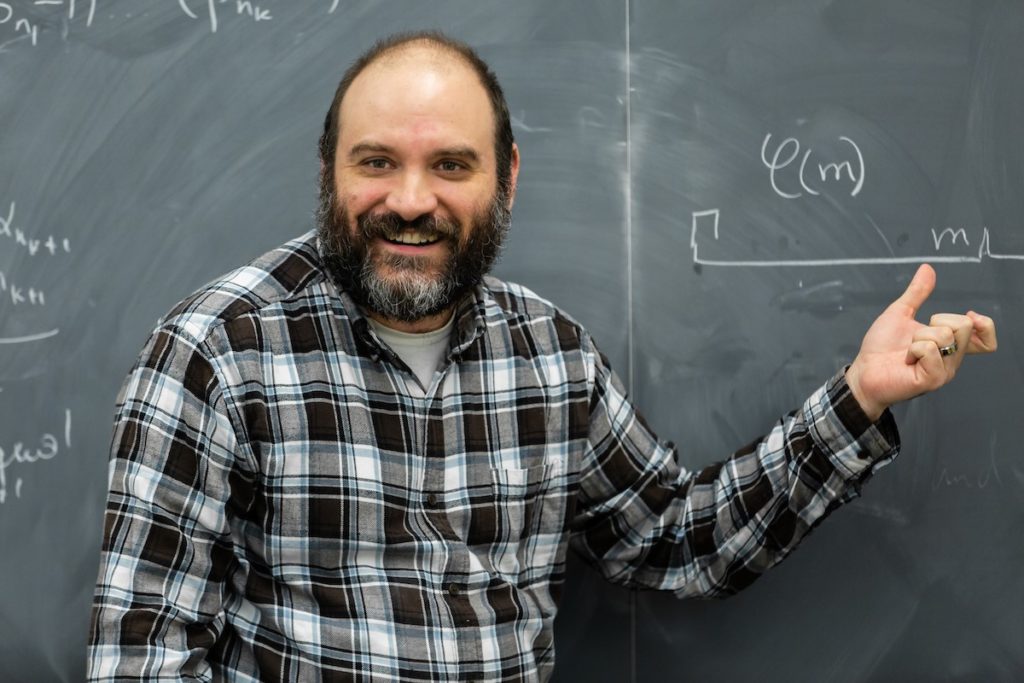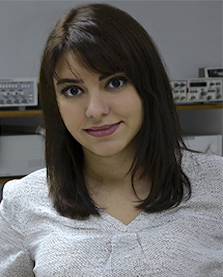
The Lalanne – Kreweras Involution, Rowmotion, and Birational Liftings
Michael Joseph – Dalton State College
Our work ties together a few different actions studied in combinatorics. First, we will discuss the action of rowmotion on the set of antichains of a partially-ordered set (poset). This action, which sends an antichain A to the minimal elements of the complement of the order ideal generated by A, has received significant attention recently in dynamical algebraic combinatorics due to various phenomena (e.g. periodicity, cyclic sieving, homomesy) on certain “nice” posets. Then, The Lalanne–Kreweras involution (LK) on Dyck paths yields a bijective proof of the symmetry of two statistics: the number of valleys and the major index. Panyushev studied an equivalent involution that can be considered on the set of antichains of the type A root poset. The LK involution and rowmotion are connected in that they generate a dihedral action on the set of antichains of the type A root poset. Furthermore, the periodicity of rowmotion on the type A root poset lifts to a generalization called “birational rowmotion” first studied by David Einstein and James Propp. This motivated us to search for a birational lifting of the LK involution, where we discovered that the key properties of the LK involution are also satisfied in this generalization.
This is joint work with Sam Hopkins.








